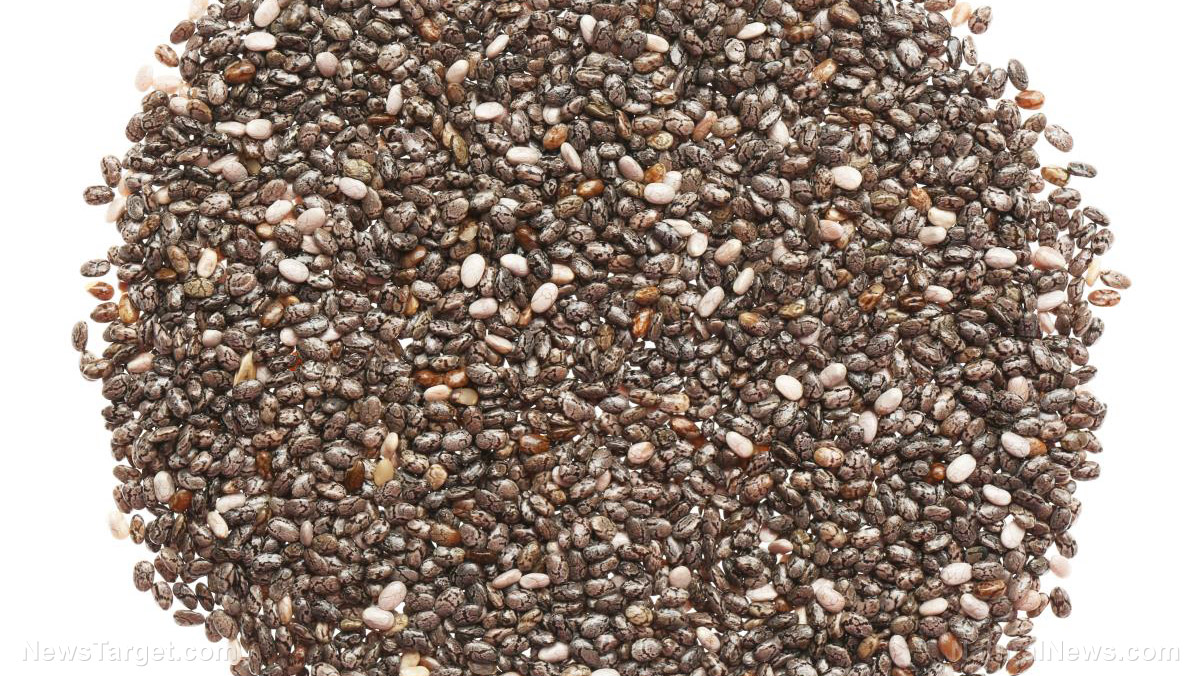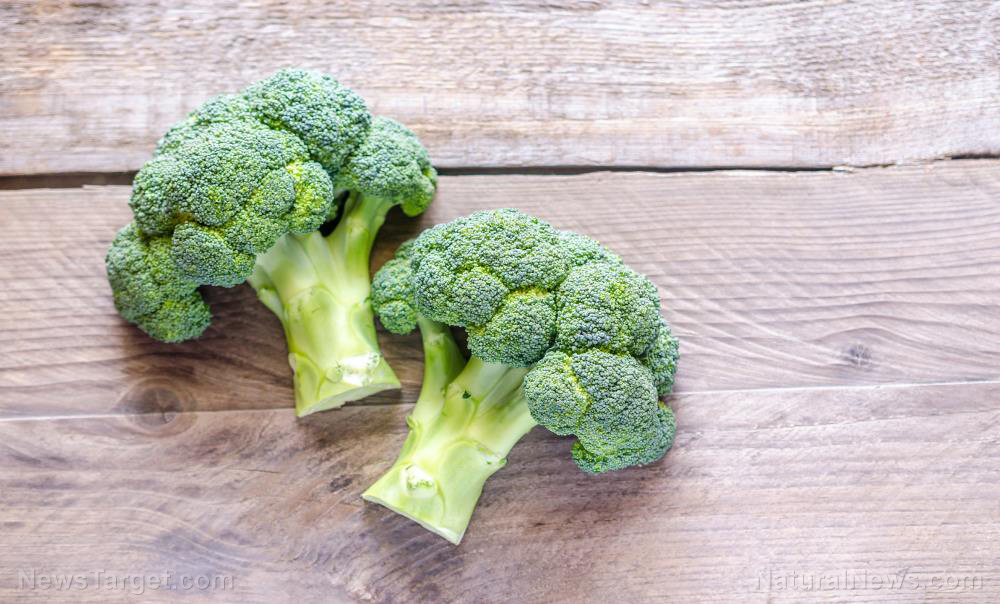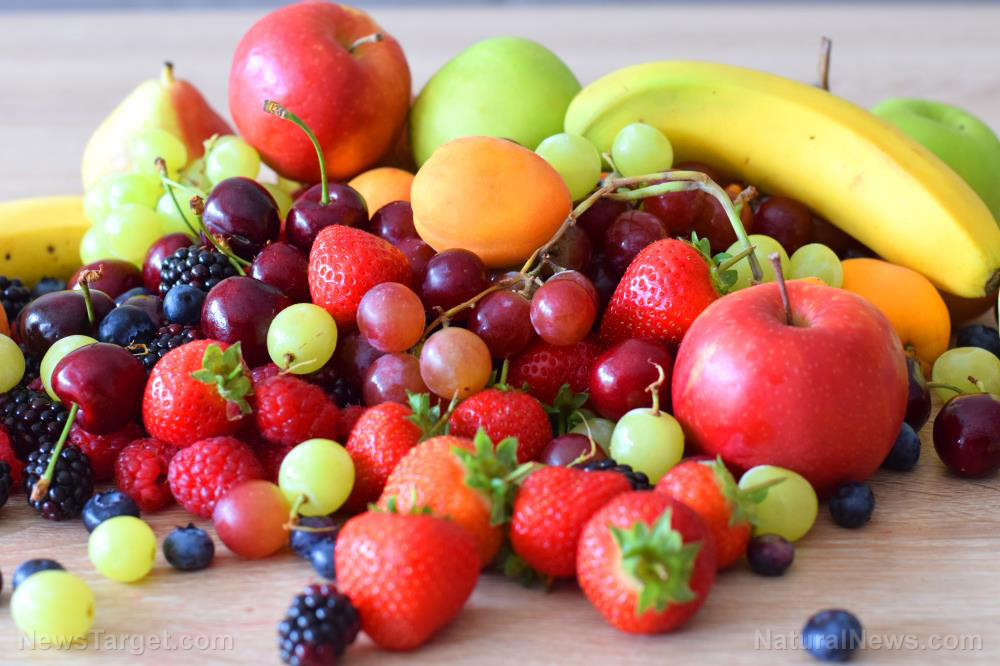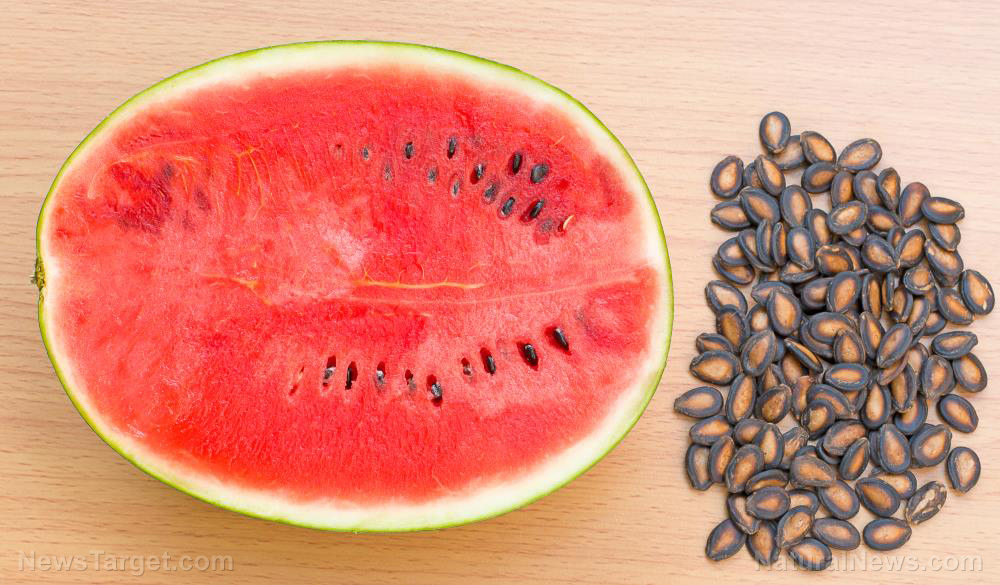Everything in moderation: Expert explains that some carbs are good for you
05/08/2019 / By Edsel Cook
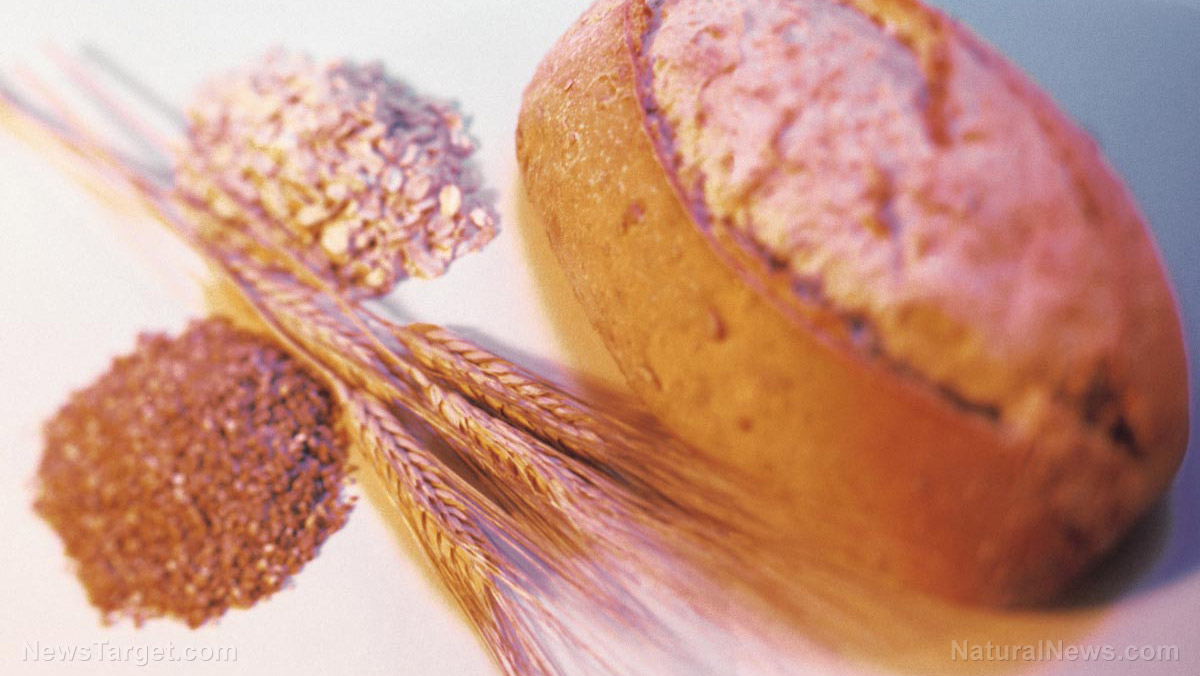
Most popular diets recommend cutting back on carbohydrates in exchange for good fats and proteins. But some experts are suggesting that fiborus carbohydrates are also essential components of a healthy diet.
Carbohydrates can be found in different kinds of foods. Some of these are heavily-processed – sugar, white bread, and white pasta come to mind. However, there are also many healthy foods like brown rice, oats, and pulses that are rich in both carbohydrates and dietary fiber.
The carbohydrates in processed foods and low-fiber foods are quickly digested so they are not very filling. They cause spikes in blood sugar levels and can lead to overeating and weight gain.
In comparison, fiber-rich foods are much more filling. They do not affect blood glucose levels like their processed counterparts. They could also help people lose weight. (Related: New study confirms: Processed carbs cause many harmful effects on health.)
Dietary fiber is a good carbohydrate needed for gut health
Dietary fiber are carbohydrates that pass through the small intestine without getting digested. Instead, they are broken down by good bacteria in the large intestine.
Diets rich in these fibers can protect against many diseases, such as colorectal cancer, heart disease, stroke, and Type 2 diabetes. They also reduce body weight, cholesterol, and blood pressure.
The digestive system needs dietary fiber to maintain its health. Fiber ensures the diversity of the gut microbiota. Whole grains, which are rich in beta glucans, are an example of fibers that promote bacterial growth. Found also in oats and barley, beta glucans help lower blood cholesterol levels.
A 2017 study done by researchers from Tufts University showed that whole grain carbohydrates can indeed improve immune responses and replenish good gut bacteria. Meanwhile, cooking potatoes and certain carbohydrate foods produces starch that resist digestion in the small intestine, just like fiber.
Carbohydrate foods have important micronutrients
In addition to dietary fiber, carbohydrate-rich foods provide many important micronutrients to the body. For instance, vitamin B supports the eyes, nervous system, and skin. It also helps with getting energy from food. Aside from vitamin B, carbohydrate-rich foods also have magnesium, selenium, and zinc, which are all minerals important for various bodily processes.
Potatoes and whole grains are both well-known and healthy carbohydrate foods. Potatoes, in particular, are much more nutritious than some people might think.
Researchers from the University of Surrey reported that white potatoes are rich in potassium and vitamins B6 and C. A single jacket potato can provide almost half of the recommended daily allowances for those two vitamins. In order to increase their fiber content, the skin should be retained and consumed as well.
Carbohydrates are also found in beans, fruits, pulses, and vegetables. These plant-based foods contain plenty of the above nutrients, so they should be eaten in large quantities.
Brown bread and brown rice are the usual options for people who want good carbohydrates. Basmati rice can be considered an alternative as it has a low glycemic index (GI). Not only is it more slowly absorbed than white rice, it also doesn’t cause blood sugar spikes.
It’s not about the nutrient, but the food that contains it
In summary, health-conscious people should think about diet and nutrition in terms of the food that contain the nutrients. Instead of generalizing and thinking that all carbohydrates are bad for the health when eaten in excessive amounts, people should consider the effects of the food itself.
For example, a bowl of brown rice and a pizza are both carbohydrate-rich foods, but the brown rice is clearly healthier because it contains dietary fiber. Likewise, a bag of candies and a nutrient bar made from fruits and oat both have lots of carbohydrates, but fruits and oats are healthier than processed sugar. Isn’t it much easier to make healthy food choices this way?
Sources include:
Tagged Under: #nutrition, anti-diabetes, carbohydrates, dietary fiber, digestion, food cures, food is medicine, functional food, gut health, gut microbiota, immune system, nutrients, plant-based foods, prevention, starch


